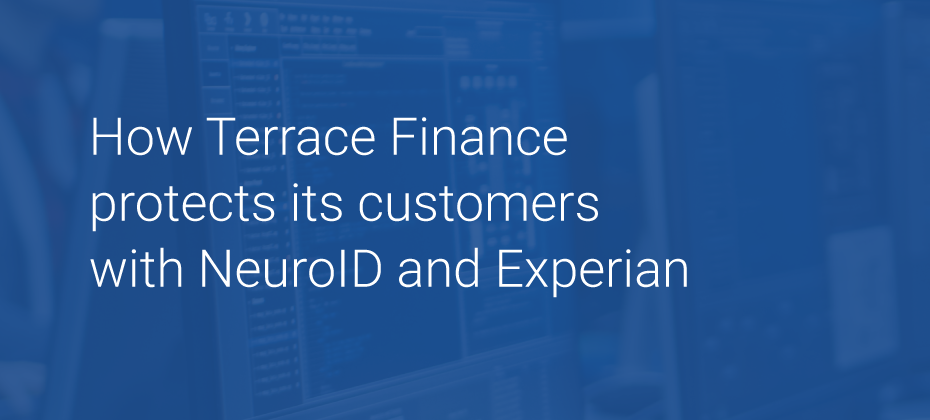
Financial institutions, merchants, and e-commerce platforms are no strangers to fraud, especially in the realm of payments. With the rise of digital currency, fraudsters are becoming more inventive, making it increasingly difficult to detect and prevent payment fraud. In this blog post, we discuss payment fraud and ways to protect your organization and your customers.
What is payment fraud?
Payment fraud occurs when someone uses false or stolen payment information to make a purchase or transaction. The most common types of payment fraud include:
- Phishing: Through emails or text messages, scammers disguise themselves as trustworthy sources to lure recipients into sharing their personal information, such as account passwords and credit card numbers.
- Card not present fraud: This type of fraud is one of the most challenging forms of payment fraud to detect and prevent. It occurs when a criminal uses a stolen or compromised credit card to make a purchase online, in-person, or by other means where the card is not physically present at the time of the transaction.
- Account takeover fraud: This type of fraud occurs when fraudsters gain unauthorized access to an individual’s account and carry out fraudulent transactions. They take over accounts by gathering and using personal or financial details to impersonate their victims.
The rise of online payment fraud
Online payments have become a prime destination for fraudsters as more consumers choose to store card details and make purchases digitally. As a result, consumers believe that it’s the responsibility of businesses to protect them online. If there’s a lack of trust and safety, consumers will have no problem switching providers, leading to declines in customer loyalty and monetary losses for organizations.
No matter the type of payment fraud, it can result in devastating consequences for your organization and your customers. According to Experian’s 2024 U.S. Identity and Fraud Report, fraud scams and bank fraud schemes resulted in more than $458 billion in losses globally. On the consumer side, 52 million Americans had fraudulent charges on their credit or debit cards, with unauthorized purchases exceeding $5 billion. Given these findings, it’s more important than ever to implement robust online payment fraud detection and prevention measures.
How can payment fraud be detected and prevented?
Approaches to payment fraud detection and prevention have evolved over time. Some of the current and emerging trends include:
- Additional layers of security: Security measures like two-factor authentication, a CVV code, and a billing zip code can help verify a customer’s identity and make it more difficult for fraudsters to complete a transaction.
- Enhanced identity verification: A credit card owner verification solution, like Experian LinkTM, matches the customer identity with the credit card being presented for payment, allowing businesses to make better decisions, reduce false declines, and protect legitimate customers.
- Artificial intelligence (AI) and machine learning: AI-powered models and machine learning algorithms can identify patterns consistent with fraudulent activity in real time, resulting in proactive fraud prevention and reduced financial losses.
- Behavioral analytics: Using behavioral analytics to monitor user behavior, such as how they navigate a website or interact with the payment process, can help identify inconsistencies and potential fraud.
- Token-based authentication: Tokenization protects card information by replacing sensitive data with a unique identifier (token), which makes data breaches less damaging.
How Experian can help
As the payments landscape continues to evolve, so do fraudsters. Experian offers a wide range of payment fraud analytics, account takeover fraud prevention and fraud management solutions that allow you to better detect and prevent payment fraud. Your organization’s reputation and your customers’ trust shouldn’t be compromised. To learn more, visit us today.
This article includes content created by an AI language model and is intended to provide general information.


